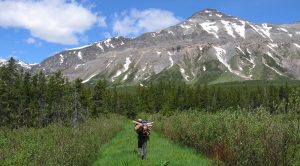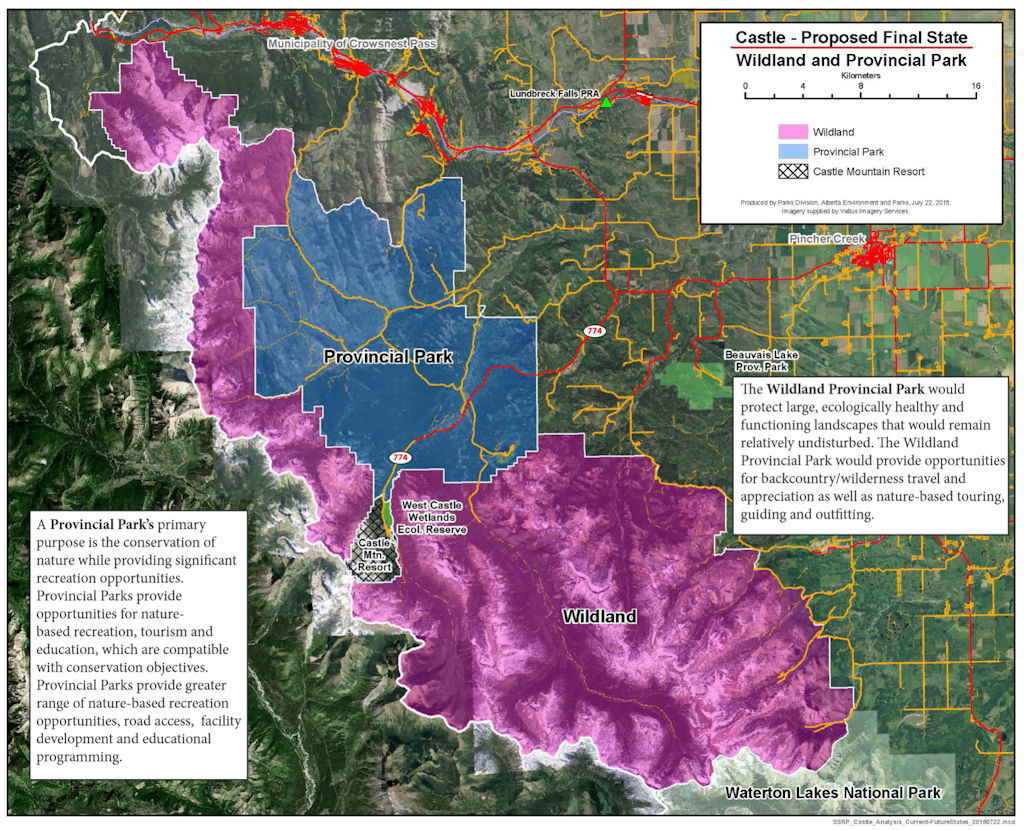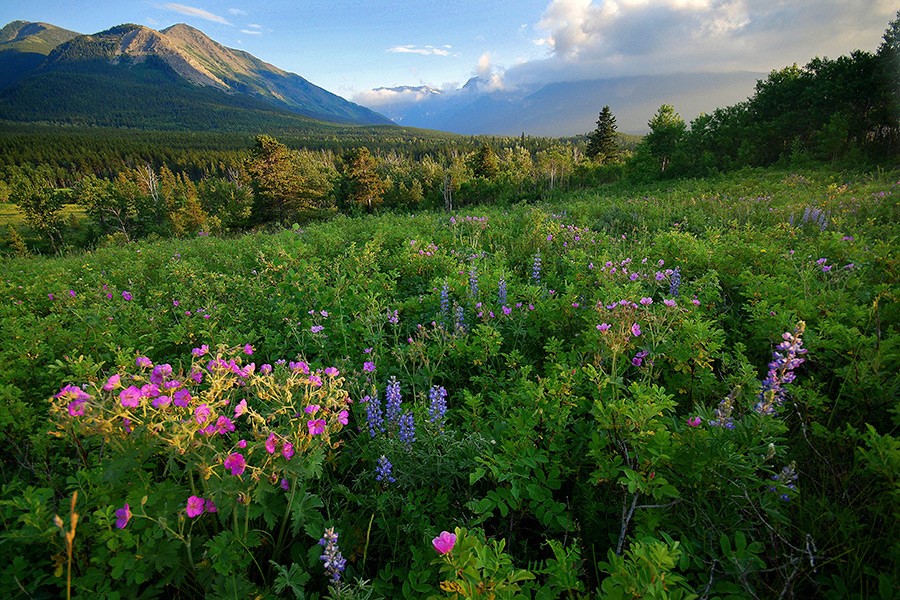The following performance tour announcement was posted today on the “Flathead River Valley” web site, sponsored by a group of environmental organizations from the U.S. and Canada interested in preserving the transboundary Flathead Valley. The tour kicks off with a presentation at Lake McDonald Lodge auditorium on Friday, May 18 at 7:45pm. . .
A Celebration of Waterton-Glacier International Peace Park & The Transboundary Flathead River
From soprano winds piercing alpine heights to the bass reverberations of river-rock rolling under spring runoff, the songs of the Crown of the Continent are among the purest hymns in nature – they inspire, uplift and fortify. Spilling from pristine headwaters in Waterton-Glacier International Peace Park, this clear chorus awakens springtime and rouses us to raise our own voices in celebration of the summer to come.
In honor of these timeless melodies that accompany the turn of the seasons, the 60-voice Crown of the Continent Choir and their select group – The Headwaters Ensemble – are embarking on a circuit around the Crown, wrapping Waterton-Glacier in song. Their voices are accompanied on this journey by the unparalleled images of Steven Gnam – a talented fine-art photographer whose scenes from Waterton-Glacier are quite simply without peer. His astonishing images, combined with soaring choral arrangements, emerge like a wonder of spring color to honor the season.
Beginning at Glacier Park’s historic Lake McDonald Lodge – then traveling through Waterton, Pincher Creek and Fernie – the presentation celebrates 100 years of international peace and goodwill across borders. It also serves as tribute to a century of transboundary conservation in this remarkable mountain intersection of Alberta, British Columbia and Montana.
The Crown of the Continent Choir is a Kalispell-based community choir, directed by Kevin Allen-Schmid. They sing in celebration of our tremendous landscapes, our protected parks, and also for the sheer fun of it. Steven Gnam is a Whitefish native who, in turning his lens to the Crown’s wonders, has presented us the gift of his unequaled artistic vision. Together, they provide a passport to Waterton-Glacier as you’ve never seen it — or heard it – before.
The performances come courtesy of the Crown Choir and Mr. Gram, with support from the National Parks Conservation Association and Wildsight.
RiverSong Performance Schedule:
Friday, May 18 7:45pm Lake McDonald Lodge auditorium, Glacier National Park
Saturday, May19 7:30pm United Church, Waterton Lakes National Park
Sunday, May 20
11am United Church, Pincher Creek, Alberta
4pm The Arts Station, Fernie, British Columbia


